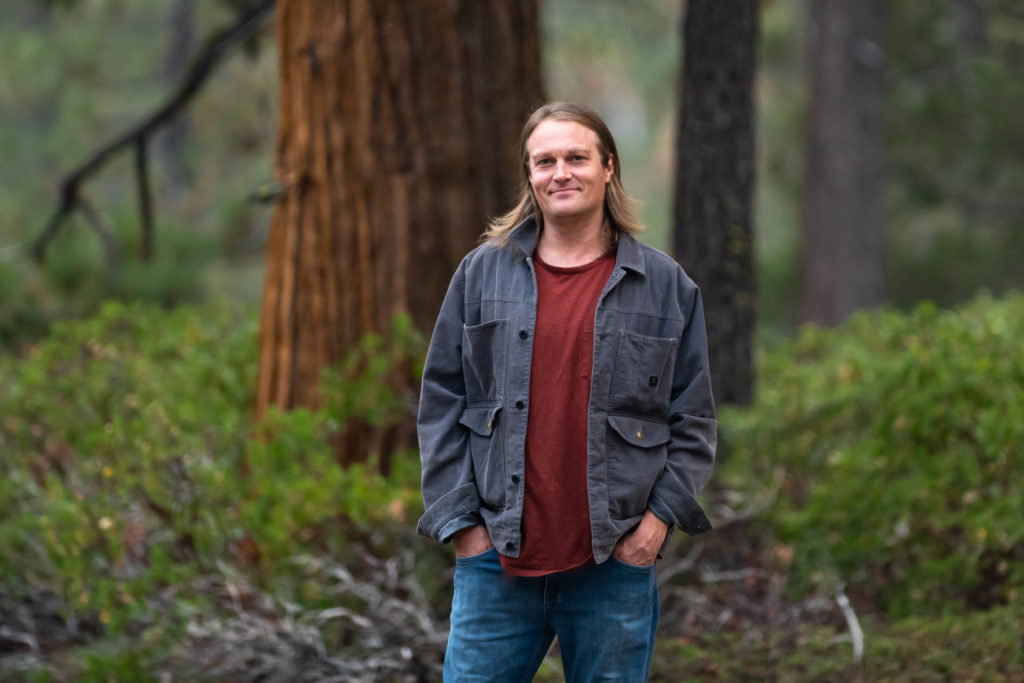How Truckee artist Trevor Kekke discovered that he is related to some of the early settlers of Olympic Valley and Alpine Meadows.
Trevor Kekke was 25 at the time, working as a terrain park attendant at the ski resort in Olympic Valley in the early 2000s. As the story goes, he visited his grandmother in the Bay Area, and the two got to chatting about his job on the mountain.
“How do you like your job?” she asks him.
“I love it,” he says. “I get to snowboard and meet friends.”
“You know your great aunt has a canyon named after her up there,” she adds.
There’s a pause, as Kekke ponders what his grandmother has just told him. “Wait, Aunt Shirley?” Kekke asks. “As in, Shirley Canyon?”

If you’ve skied or hiked at this legendary Tahoe resort, which is being renamed this fall, then you likely know Shirley Canyon, the gorgeous valley to looker’s right of the main valley that’s filled with waterfalls and swimming holes along the creek in the summertime and leads to Shirley Lake, a high-alpine lake that sits near the bottom of the Shirley Lake Express and Solitude lifts.
“My grandma is telling me this, so nonchalantly,” Kekke says. “I’m sitting there, working at the mountain, riding Shirley Lake Express and not even realizing it. I couldn’t grasp the concept yet.” Kekke became his family’s unofficial historian after that, buying old books on eBay and researching everything he could about the history of the Olympic Valley area.
As he learned, his grandmother’s sister-in-law was a woman named Shirley Scott, born in 1924 into the venerable Scott family, who were among the earlier white settlers in the area. The Washoe people, of course, had lived in the area for generations prior.
John P. Scott, who immigrated from Pennsylvania on a covered wagon to California during the Gold Rush, owned a cattle ranch outside of Sacramento and had run out of grazing land, so he and his wife, Alice Riggins Scott, originally from Ohio, came on horseback into the Sierra. They arrived in this valley with tall, plentiful grasslands, exactly what they were looking for, and they acquired acres of grazing land from other landholders to serve as their new dairy farm, which they opened around 1880. The couple had three sons. (And many years later, their great-granddaughter was born, a girl named Shirley.)
In 1882, John P. Scott died due to exposure to a storm while driving his cattle, and a few years later, Alice married a man with a similar name but no relation, John Brown Scott. The couple purchased a plot of land to the south, in Alpine Meadows, with a stream running through a meadow filled with wildflowers, to build a summertime hotel. They opened the Deer Park Inn, a retreat for hunters and fishermen, just upstream from the Truckee River along Bear Creek.


John Brown Scott or one of the Scott boys would go to Truckee to greet guests who arrived by train and bring them on horseback to the hotel, which eventually became the first stop on a new small gauge railroad. After John Brown Scott’s death, new owners took over the inn and it eventually closed, the buildings all but vanished today. A new lodge cropped up nearby, a resort first called Deer Park Lodge that was built on the banks of the Truckee River. Today, it’s known asRiver Ranch.
Shirley was 13 in 1937, when the Scott family planned to sell the acres of land they’d owned in the valley for more than 50 years.
There was one area young Shirley loved most: those tumbling waterfalls and swimming holes in the creek on the northern edge of the valley. Both Shirley Canyon and Shirley Lake, in the wilderness near the ski resort’s northern boundary, were named after Shirley Scott. “She was this girl who loved to play in the canyon in the pools with her grandma, so they named it Shirley Canyon,” Kekke says.
Scott Peak, the top of Lakeview Chair at Alpine Meadows, was also named after the Scott family. Shirley’s great aunt, Stella Tong, married Rob Watson, son of Lake Tahoe’s first constable Robert Montgomery Watson. They built a cabin on the bluff in Tahoe City, which is now a museum known as the Watson Cabin. Stella’s daughter, Mildred Watson, helped preserve the history of the Emigrant Trail that goes to Auburn. She is also the namesake for Mildred Ridge and Mount Mildred, looking west from Siberia Ridge.

Kekke spoke to his great aunt Shirley a few years ago about what it was like living during that era and she gave Kekke a family photo album that dated back generations. “I asked her a couple of questions and she laughed and said, ‘That was so long ago,’”Kekke recalls. “There was one thing she remembered. She said, ‘Getting there was a really long bumpy dirt road.’” Shirley died earlier this year, at the age of 97.

Kekke is 41 now. After working in the terrain park, he worked for a few years at the Ledge snowboard shop in the Village. Five years ago, he picked up a paintbrush for the first time in a while. Now, he’s a working artist with a focus on landscape oil paintings. He paints pastoral scenes on skateboards, snowboards, canvases, and walls. (He recently completed a mural at the locals’ favorite Pastime Club in Truckee, as well as painted the topsheet graphics for a popular splitboard for Jones Snowboards.)
He has yet to complete a landscape painting of the mountain in Olympic Valley, but he’s looking forward to the day when he does. “I am so anticipating doing that,” he says. “I just want to do it when I’m ready. There’s a lot of pressure on that one. I love the place, and I have these ties to the place. Plus, I’m a perfectionist, so I want to do it justice.”

A lot of people describe driving into the valley and feeling that monumental sense of place, surrounded by an amphitheater of granite rising above them. Kekke has always felt that when he comes to the mountain, but now, it’s even grander. “When I enter the valley, I feel this connection. It’s home,” he says. “It’s a place where I’m supposed to be.”









